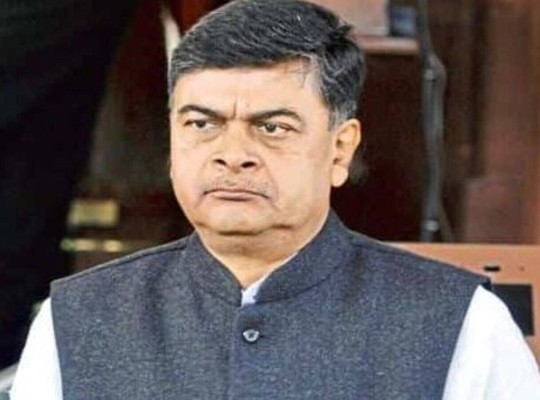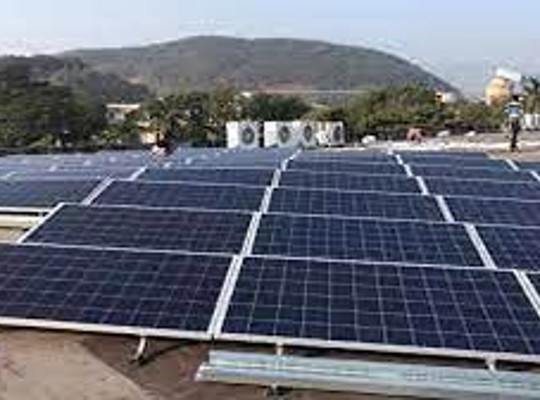About 44 per cent of India’s energy requirements at present come from non-fossil sources and are likely to touch as high as 65 per cent by 2030, much higher than what the country pledged at the COP summit in 2021, said Union Minister RK Singh.
At COP26 held in 2021 in Glasgow, India committed to an ambitious five-part
“Panchamrit” pledge. They included reaching 500 GW of non-fossil electricity capacity, generating half of all energy requirements from renewables, to reducing emissions by 1 billion tonnes by 2030.
India as a whole also aims to reduce the emissions intensity of GDP by 45 per cent. Finally, India commits to net-zero emissions by 2070.
“At COP26 we pledged that by 2030 we will have 50 per cent of our capacity which will be non-fossils, mostly renewables. If fact it would be actually 60-65 per cent. We will be way beyond what we pledged,” the minister who handles power and renewable portfolio said at The Energy and Resources Institute’s World Sustainable Development Summit 2024 on Friday evening.
The minister said that 103,000 megawatts of renewable capacity is under construction in India, and 71,000 megawatts is under bid, which according to him was unmatched.
“Our rate and speed and scale of the energy transition is perhaps unmatched. We are the only one who is issuing bids for round-the-clock renewable energy. We are the only country that is adding storage as a mission to bring the price of storage down,” he said.
India’s per capita emission is one of lowest at 2.0-2.6 tonnes, against the world average of 6.8 tonnes, he asserted.
“Developed countries have become developed by using fossil fuels. 77 per cent of the legacy carbon dioxide load on our planet earth was caused directly by them, which has led to the rise in global temperature.”
Whereas India with 17 per cent of the global population contributes to just 3 per cent of the legacy carbon dioxide load, he said.
“The rate at which the developed countries are spewing emissions, if they continue at this rate. The available time before we reach that 1.5-degree rise in global temperature is just 4.5 years. But we don’t see any signs of their reducing their pace of emission,” he quipped.
He suggested that developing countries need carbon space to become developed, and supported his argument by saying that the developed countries’ per capita emission is perhaps four times the global average.
High per capita emission is the nub of the problem, he asserted.
“Developed countries must realise that no country in the world is going to compromise on their development no matter how many speeches you give.
You need to vacate carbon space so that the developing countries can develop,” he added.
Further, he said that developed countries must be assisted with finance and access to technology. “We need to bring down the price of energy transition, otherwise it won’t come down.” (ANI)













